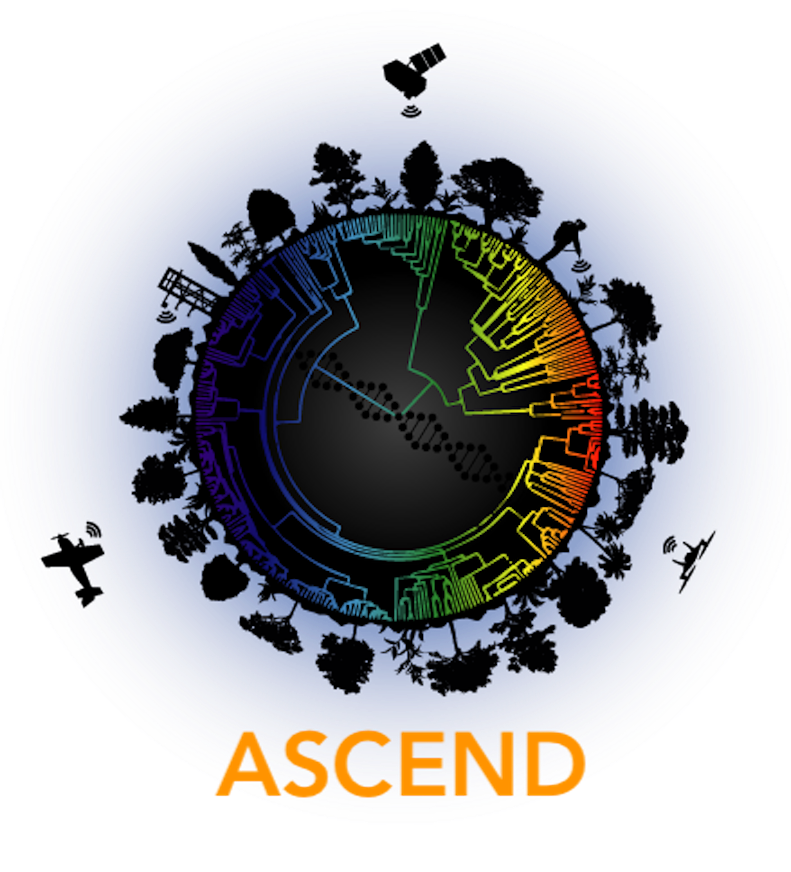NextGen: Alex Crum
Introduce yourself
Hi, I’m Alex Crum. I’m a Ph.D. candidate in Ya Yang’s lab at the University of Minnesota, where I study the evolution of specialized metabolites in the plant order Caryophyllales.
Tell us about your research projects in ASCEND
I work in the order Caryophyllales, a group of plants that makes a unique type of pigment, betalain, that is part of a bigger diversification in specialized metabolites derived from the amino acid tyrosine across the order. I use a combination of metabolomic, transcriptomic, and spectral techniques to explore how this pigment and its related chemicals have evolved and how this tyrosine-derived diversification has impacted other processes in species across the order.
Stressing a plant is a good way to get it to express the genes and metabolites associated with specialized metabolism, but different species respond to the same amount of stress differently. Taking hyperspectral data during the stress experiment helps us characterize the different responses across species, and when linked with other omics data, helps us identify genes and gene modules involved in stress and pigment production.
How would you explain your research to someone who is not a scientist?
Plants make chemicals called specialized metabolites to compensate for the fact that they can’t run away from a bad situation like being eaten. In the group Caryophyllales, which includes familiar species like spinach, carnations, and cacti, the plants have hit on some especially creative metabolites to deal with stressful situations, including the pigment that makes beets magenta. But we don’t yet understand the full breadth or consequences of that creativity. Looking at the other metabolites, what genes help the plants make them, and how that helps the plants deal with stressful conditions is interesting from an evolutionary standpoint, but also helps us how to make more stress-resistant plants in the future.
What are your hobbies and preferred activities when you are not doing science?
Outside the lab, I like taking advantage of some of the great outdoor spaces we have in Minnesota. In winter, I embrace the cold by snowshoeing or downhill skiing, and in the summer I hike and kayak on some of the gorgeous lakes around the Twin Cities. If I’m indoors, I’m probably crafting something for my pet tortoises to tolerate wearing while I take pictures or trying out a new recipe with my beloved Instant Pot.
Alex Crum pollinating the flower of a corpse plant (Amorphophallus titanum) at the University of Minnesota Plant Conservatory
When did you know that you wanted to become a scientist?
My parents teach biology at a community college, and one of my first memories is looking at slides of tapeworms under a microscope. Apparently that was pretty formative, since I never really considered doing something not related to biology. It wasn’t until a summer research experience at Grand Valley State University (GVSU) while I was in college that I settled on plant biology. While I had always thought plants were super cool and spent a lot of time gardening and learning plant ID as a hobby, it had never occurred to me I could study plants as a career until I worked on a plant systematics project for the summer. My mentor for the summer, Tim Evans, also has an enthusiasm for botany that was infectious. After finishing my undergraduate degree I returned to Tim’s lab for a masters before finally coming to the Yang lab for my doctoral work.

